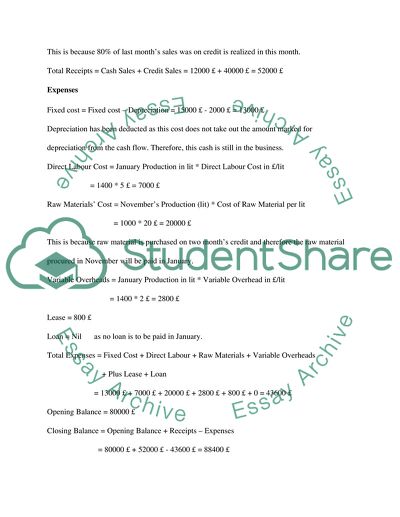Cite this document
(Finance and Business Perfomance Assignment: Budget for Dares Paint Coursework, n.d.)
Finance and Business Perfomance Assignment: Budget for Dares Paint Coursework. Retrieved from https://studentshare.org/finance-accounting/1710275-finance-and-business-perfomance-assignment-2
Finance and Business Perfomance Assignment: Budget for Dares Paint Coursework. Retrieved from https://studentshare.org/finance-accounting/1710275-finance-and-business-perfomance-assignment-2
(Finance and Business Perfomance Assignment: Budget for Dares Paint Coursework)
Finance and Business Perfomance Assignment: Budget for Dares Paint Coursework. https://studentshare.org/finance-accounting/1710275-finance-and-business-perfomance-assignment-2.
Finance and Business Perfomance Assignment: Budget for Dares Paint Coursework. https://studentshare.org/finance-accounting/1710275-finance-and-business-perfomance-assignment-2.
“Finance and Business Perfomance Assignment: Budget for Dares Paint Coursework”, n.d. https://studentshare.org/finance-accounting/1710275-finance-and-business-perfomance-assignment-2.


